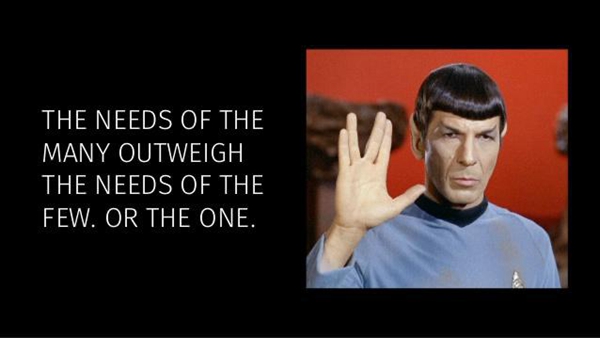“I think I made a mistake, I thought this was a hoax, but it’s not.”
This came from a 30-year-old man dying of the Coronavirus on July 13th, shortly after attending a trendy “covid party” in Texas. A “covid party”, given by CNN, NPR, and New York Times, is a party in which masses would invite diagnosed Coronavirus patients and try to maximize contact with the virus - as a rebellion, supposedly, against government’s “suppression of freedom” by catching the disease.

Even intuitively, this doesn’t make sense. But since pop culture seems to embrace those who take risks - knowing fully the consequences - and deems them as “cool”, the popularity of such rebellious acts is reasonable. All in all, people see this as an act in which they practice the freedom their constitution grants them.
Or so they say.
There are largely two levels in which these participants are wrong.
Firstly, going to these parties does not exactly correlate to “having more freedom”, but actually can be counter productive.
A very apparent example would be the extent by which freedom is granted by law. I have the freedom of choosing my own music when I go into the shower, but I do not have the freedom of choosing who lives to see the next sunrise.

Although the legislation prohibits murder verbatim, the spirit of the law should still apply to ones attending such “covid parties”. At the moment in which one actively puts their life on the line along with many others, the act should be morally impermissible, especially when taken into consideration that this is a pandemic. Furthermore, since there is no significant end that these parties can possibly achieve - unlike the civil rights movement - these risks are “all harm, no good”.
Secondly, let’s take a step back and concede to the possibility of parties empowering the participants.
It comes down to a matter of priorities.

Professor Jonathan Schell of Yale University once did a comparison between death and all other risks in 1982. The main idea was that every risk, in the case of the current pandemic a proportionate loss of freedom, is contained within the framework of continued life, so death shatters that frame.
Once dead, one will be deprived of all rights, including freedom. The impacts of which, even with only a small probability of death, should be significantly larger than a rebellious and ignorant practice of freedom.
The young man who died stands for much more than the result of individual ignorance but rather an indicator of a systematic fault. The US has never been a role model when handling the pandemic, and although these “covid parties” are not government organized, the Trump administration is far from innocent.
This covid party is not a singular case. The fact that no restrictions have been put into place to limit such gatherings until there has been a death is a signature move by the Trump administration on matters of public health: inactive until absolutely necessary. This lack of decisive action all throughout the country has already led to a low average recognition of the pandemic, not to mention the presidents numerous confusing tweets.
The symptoms of this lack of action against the pandemic are on a devastating scale. With the help of many refusing to wear masks, breaking quarantine and ignoring social distancing, America now has more than 2.7 million cases of diagnosed corona patients and growing.
From the anti-mask rallies where coughing in each other’s faces is encouraged to the “covid parties” resulting in at least one verified untimely death but likely far more thanks to the ease of transmission, is this simply the ignorance of the few, or a conscious, systematic neglect? At present the latter seems more likely, so let this be a lesson to all of mankind, and hope that these mistakes can be rectified soon.
(The views expressed within this article are the author's own.)
